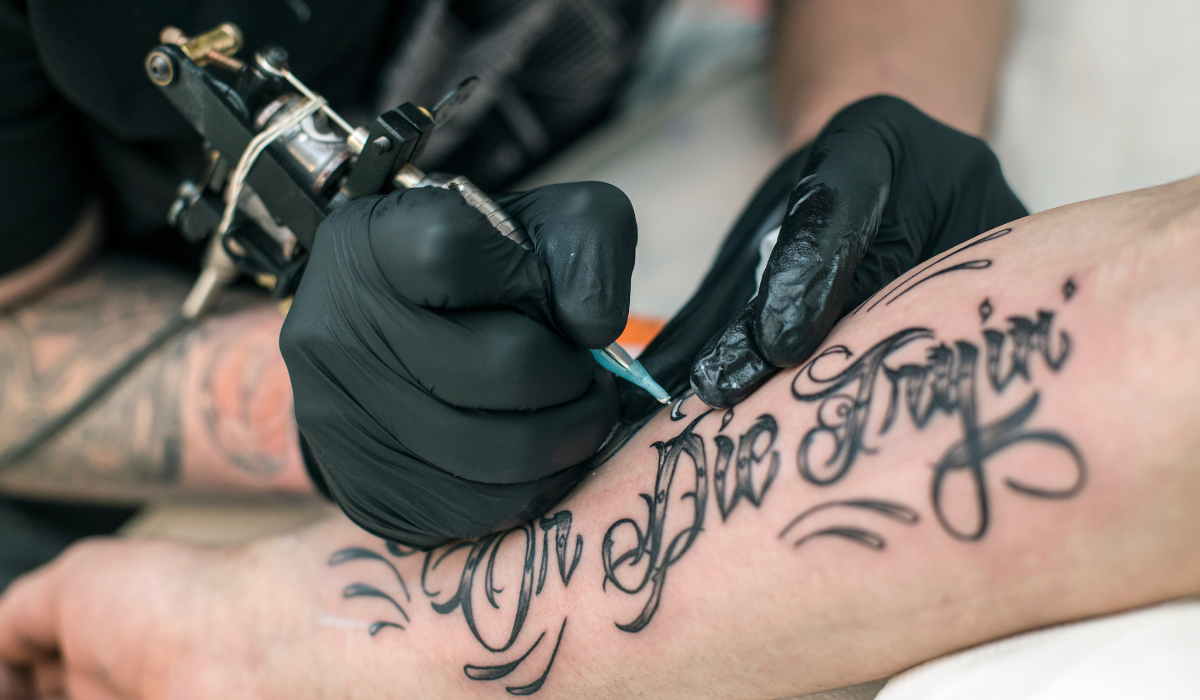As a tattoo artist based in Colorado, I’ve always been drawn to the meticulous nature of fine-line tattoos. The level of precision and detail required intrigued me, but I quickly realized that mastering this art form required more than a steady hand. I needed focused training to elevate my technique. That’s when I decided to invest in fine-line tattoo training, which has been one of the most significant milestones in my professional journey. This training not only enhanced my skills but also opened new doors for me as an artist.
The Importance of Tattoo Artist Training
Becoming a skilled tattoo artist is not just about learning how to use a machine or understanding basic design principles. It’s about constantly improving, learning new methods, and perfecting your craft. While I had a solid foundation in traditional tattooing, the fine-line tattoo technique required a different level of precision that I hadn’t fully developed.
Attending structured tattoo training courses was the first step in refining my approach. These courses allowed me to learn from seasoned professionals and focus specifically on areas where I needed improvement. It also provided access to the latest equipment, techniques, professional insights that are crucial in today’s competitive industry.
Mastering Fine Line Tattoo Techniques
Fine line tattooing is not as simple as creating thinner lines; it’s about maintaining consistency, controlling the depth of the needle, and delivering clean, crisp designs that will hold their quality over time. Before my training, I struggled with balancing the depth and pressure needed for such intricate work. The lines I produced were often too faint or too bold, making it difficult to achieve the flawless detail that fine line work demands.
The fine-line tattoo training allowed me to practice with professionals who provided real-time feedback. Through hands-on sessions, I learned how to adjust my hand pressure, select the correct needle sizes, and work with different skin types. I began to understand how factors like skin elasticity and pigment absorption affect the final product, which made all the difference in my fine line work.
One of the most transformative aspects of the training was mastering needle control. Unlike bolder, traditional tattoos, fine-line tattoos require a soft yet confident touch. This training helped me refine my motor skills, making it easier to work on small, intricate designs, such as geometric patterns and detailed portraits.
Key Fine Line Tattoo Tips I Learned
While in training, I picked up several crucial tips that have since become part of my everyday tattooing routine:
- Needle Selection: Fine line tattoos often require using single needles or tight groupings of two to three needles. Learning to choose the right needle based on the design and the client’s skin type was a game-changer for me.
- Hand Stability: Even the slightest movement can cause a line to become uneven. The training focused on hand stability exercises and posture adjustments, which improved my consistency.
- Ink Dilution: I discovered that properly diluted ink could result in cleaner lines. The training introduced me to techniques for achieving a smooth gradient effect without losing the design’s integrity.
- Aftercare Communication: Fine line tattoos are delicate and can fade quickly if not cared for properly. Through the training, I gained knowledge on providing clients with tailored aftercare instructions to help their tattoos heal beautifully.
How Fine Line Tattoo Training Transformed My Work
After completing my training, I noticed an immediate improvement in my confidence and the quality of my tattoos. The precision that I once struggled with became second nature. Clients, particularly those interested in minimalist or detailed designs, began seeking me out specifically for my fine-line work. The training helped me expand my portfolio and offer more personalized, delicate tattoo designs that set me apart from other artists in the area.
This transformation also allowed me to contribute to the broader tattoo community by sharing my experiences with aspiring tattoo artists through mentorship. In my studio, I now host workshops, sharing insights I gained through fine-line tattoo training. Watching others improve their technique is a rewarding experience, and it continues to fuel my passion for fine-line tattooing.
Continuous Learning and Professional Growth
The tattoo industry is ever-evolving, and the techniques that are popular today may change tomorrow. While fine-line tattoo training gave me the foundation to improve my precision, I know the journey doesn’t end here. Staying updated with the latest trends, equipment, and health standards is crucial for continued success. I make it a point to attend regular training sessions, tattoo conventions, and networking events to keep honing my craft.
For any artist whether you’re just starting or have years of experience investing in professional training is invaluable. If you’re passionate about improving your precision or want to specialize in fine line work, I highly recommend looking into tattoo training courses. They offer the guidance and practical experience necessary to elevate your skills.
Why Fine Line Tattoo Training is Essential for Precision
In my experience, fine-line tattoo training has been instrumental in mastering the skills required for detailed and intricate tattoo work. This specialized training gave me the tools to advance my career, attract a wider client base, and produce high-quality tattoos consistently. Fine-line tattoos demand precision and control, and without the right training, achieving that level of expertise is challenging.
If you’re serious about improving your precision and mastering the art of fine line tattooing, consider taking the next step with a fine line tattoo training course. It’s an investment that will pay off in both your technique and your professional reputation.

